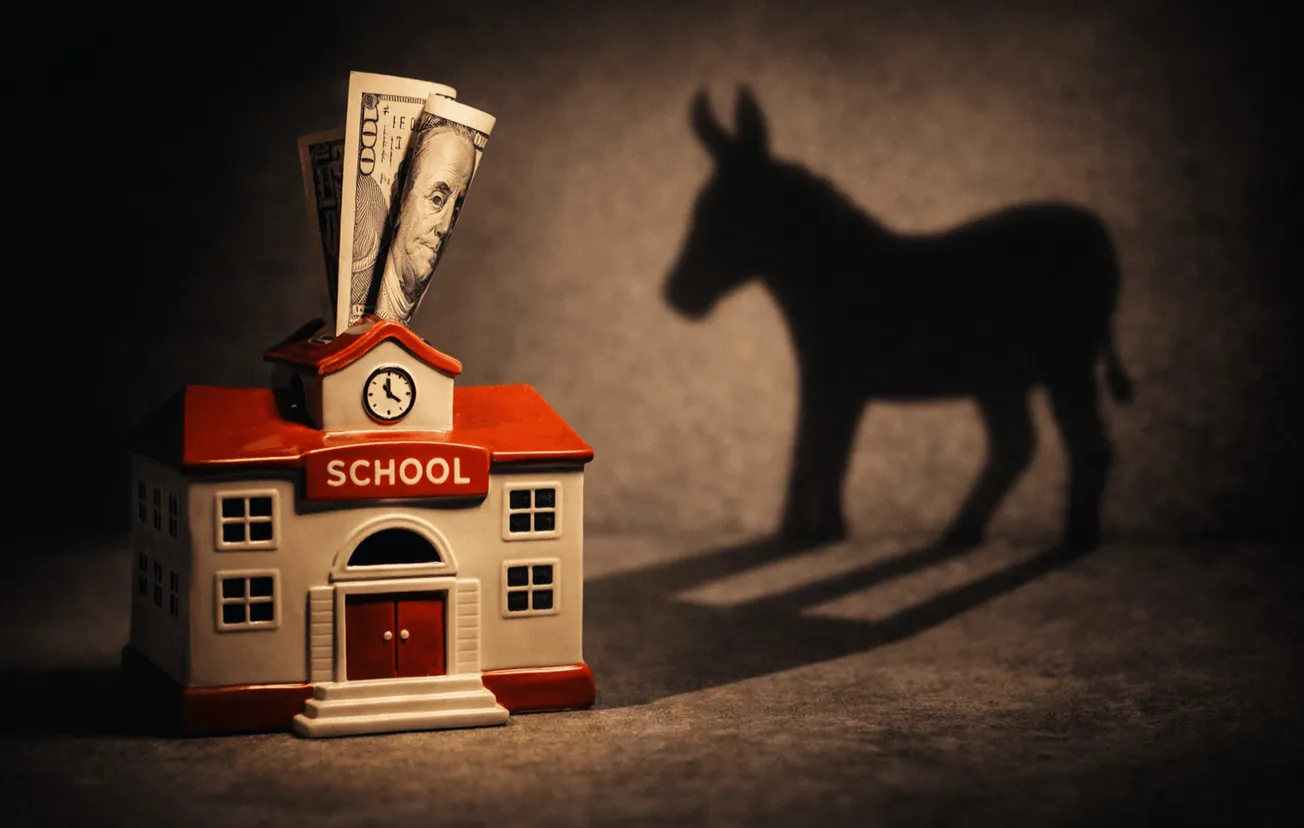Table of Contents
John Maunder
Groundhog Day, February 2, is a popular tradition in the United States. It is also a legend that traverses many centuries, its origins clouded in the mists of time with ethnic cultures and animals awakening on specific dates.
(parts of the following story are from my book “Fifteen Shades of Climate” Amazon, Pages 461-462.)
Every year, according to the press release by Scottie Andrew of CNN on February 2, 2023, Americans in snowy states wait with bated breath to see whether Punxsutawney Phil will spot his shadow. And every year, we take Phil’s weather forecast – six more weeks of winter, or an early spring? – as gospel, meteorology be damned.
It’s about as strange (and cute) as holidays get. So how did Groundhog Day go from a kooky local tradition to an annual celebration even those of us who don’t worry about winter can find the fun in?
We explore Groundhog Day’s origins from a tiny event to an American holiday we can all be proud of. Spoiler: there are badgers, immortality and at least one groundhog on the menu.
Every February 2, the members of the “Punxsutawney Groundhog Club” trek to Gobbler’s Knob, Punxsutawney Phil’s official home just outside of town. Donning top hats and tuxedos, the group waits for Phil to leave his burrow, and if he sees his shadow, the town gets six more weeks of winter. If he doesn’t see his shadow, Punxsutawney gets an early spring.
But the early seeds of the Groundhog Day we know today were planted thousands of years ago, according to Dan Yoder, a folklorist “born and raised in the Groundhog Country of Central Pennsylvania” who penned the definitive history of the folk holiday turned national tradition.
The holiday evolved over centuries as it was observed by different groups, from the Celts to Germans to the Pennsylvania Dutch and eventually, by those in other parts of the US. Its evolution began in the pre-Christian era of Western Europe, when the Celtic world was the predominant cultural force in the region. In the Celtic year, instead of solstices, there were four dates – similar to the dates we use today to demarcate the seasons – that were the “turning points” of the year. One of them, per Yoder, was February 1.
CNN reports (last year)… today February 2, 2022) “Brace yourself for six more weeks of winter’.
That is, if you like to get your weather prediction from a groundhog in Pennsylvania.
“Punxsutawney Phi”l saw his shadow Tuesday morning and, as legend holds, that means six additional weeks of heavy coats and mittens.
Phil was awakened at 7:25 a.m. and made his prediction in front of about 16 members of the “Punxsutawney Groundhog Club” at Gobbler’s Knob.
“Now, when I turn to see, there’s a perfect shadow cast of me. Six more weeks of winter there will be,” one of Phil’s handlers announced on his behalf at the ceremony.
Myths such as this tie our present to the distant past, when nature did indeed influence our lives –and to many, nature is still influencing our lives. It is also the day the Groundhog comes out of his hole after a long winter sleep to look for his shadow.
Tradition has it that if the groundhog sees his shadow, he regards it as an omen of six more weeks of bad weather and returns to his hole. But, if the day is cloudy and, hence, shadow less, he takes it as a sign of spring and stays above ground.
The groundhog tradition stems from similar beliefs associated with Candlemas Day and the days of early Christians in Europe. It marked a milestone in the winter and the weather that day was important. And according to an old English Song:
“If Candlemas be fair and bright,Come, winter, have another flight;If Candlemas brings clouds and rain,Go winter, and come not again.”
The Roman legions, supposedly brought this tradition to the Teutons, or Germans, who picked it up and concluded that if the sun made an appearance on Candlemas Day, an animal, the hedgehog, would cast a shadow; thus predicting six more weeks of bad weather, which they interpolated as the length of the ‘Second Winter’.
In the United States, Pennsylvania’s earliest settlers were Germans and they found groundhogs in profusion in many parts of the State. They determined the groundhog, resembling the European hedgehog, was a most intelligent and sensible animal; and therefore decided if the sun did appear on February 2nd, this wise animal would see its shadow and hurry back into its underground home for another six weeks of winter.
The Germans thus recited:
“For as the sun shines on Candlemas Day,So far will the snow swirl until the May”.
This passage may be the one most closely-represented by the first Punxsutawney Groundhog Day observances because there were references to the length of shadows in early Groundhog Day predictions. The ancient Candlemas legend and similar belief continue to be recognised annually on February 2, due to the efforts of the “Punxsutawney Groundhog Club”.
Early observances of Phil’s (the Groundhog) predictions were conducted privately in the wooded areas around the town. Today, the celebration today sees thousands of visitors from worldwide as revellers await Phil’s appearance with national-wide TV coverage.
The ‘Punxsutawney Spirit’ newspaper is credited with printing the news of the first observance in 1886 when it states that up to the time of going to press the beast has not seen his shadow.”
In 1993, Columbia Pictures released the movie Groundhog Day starring Bill Murray. In the years following the release of the movie, record crowds numbering as high as 30,000 have visited Gobbler’s Knob in Punxsutawney.
Punxsutawney Phil gets his longevity from drinking “groundhog punch”. One sip, which is administered every summer at the Groundhog Picnic, gives him seven more years of life.
Contrary to media explanations, Phil’s forecasts are not made in advance by the Inner Circle. Indeed, only after Phil emerges from his burrow on February 2 does he speaks to the Groundhog Club President in “Groundhog Language”. Phil’s proclamation is then translated for the world to hear.
The US National Weather Service notes that the Punxsutawney Groundhog Day predictions have been right 10 times and wrong 15 times in recent years. They comment that “Unfortunately ,the famous groundhog has shown no talent for predicting the arrival of spring, especially in recent years, and Phil’s competitor groundhogs across the Nation fared no better.”
However, who knows what the groundhog will forecast next year?
BUY Your Own Copy of Dr John Maunders book Fifteen Shades of Climate Today.








![[The Good Oil] Stuff Up of the Day](/content/images/size/w1304/format/webp/2024/09/Stuff-up-image-1.webp)

